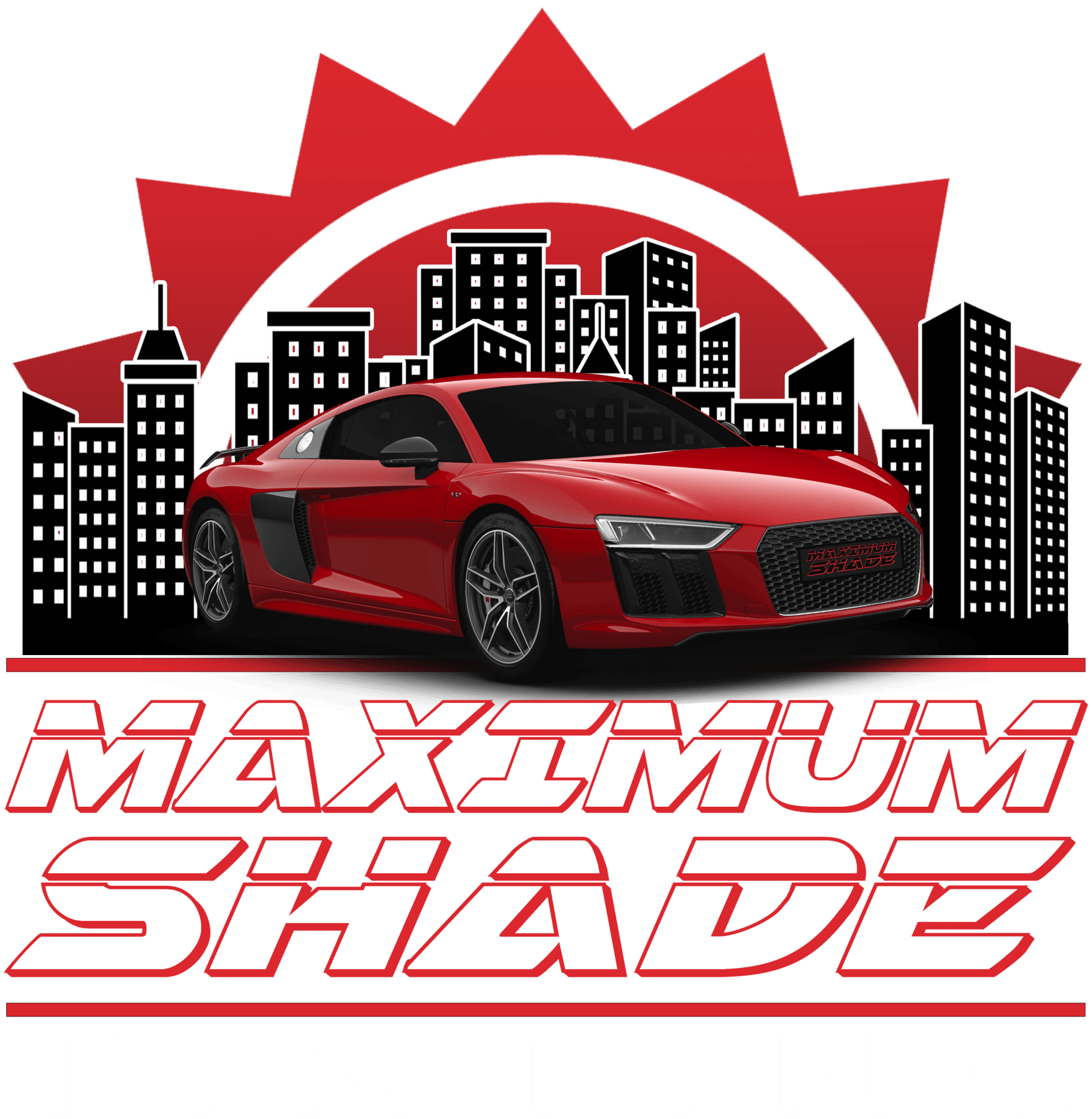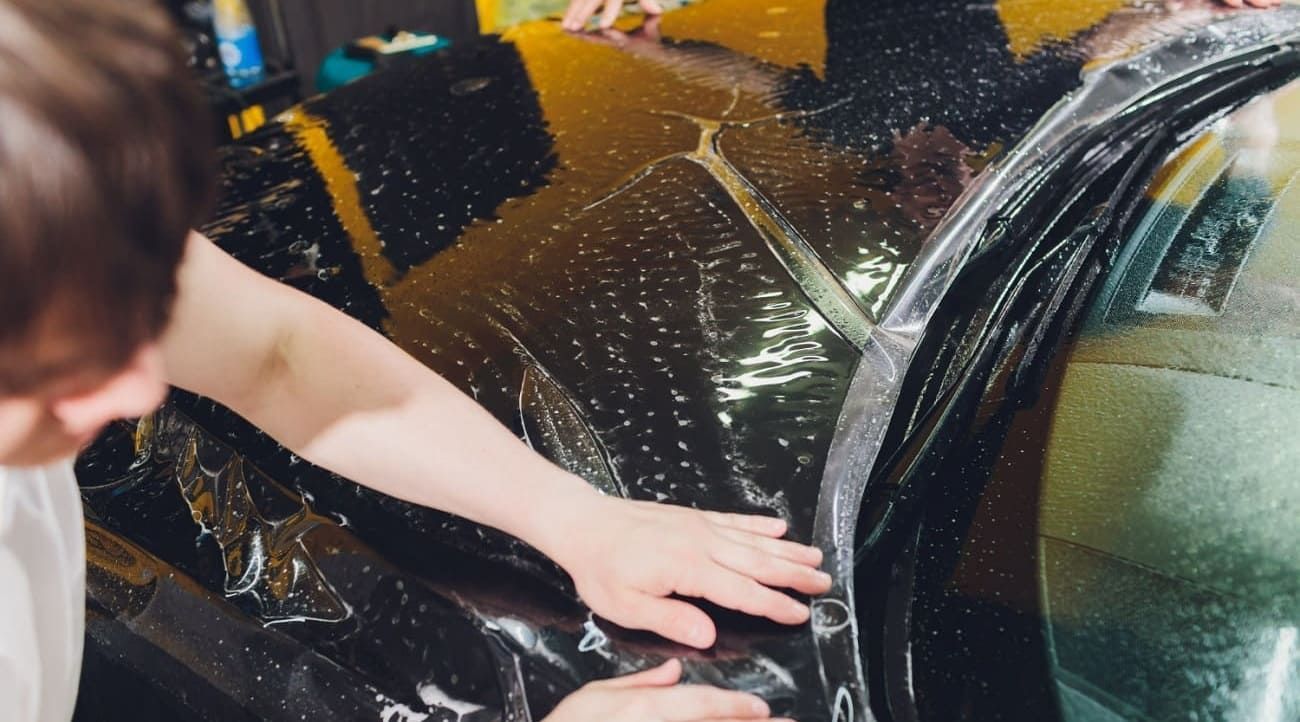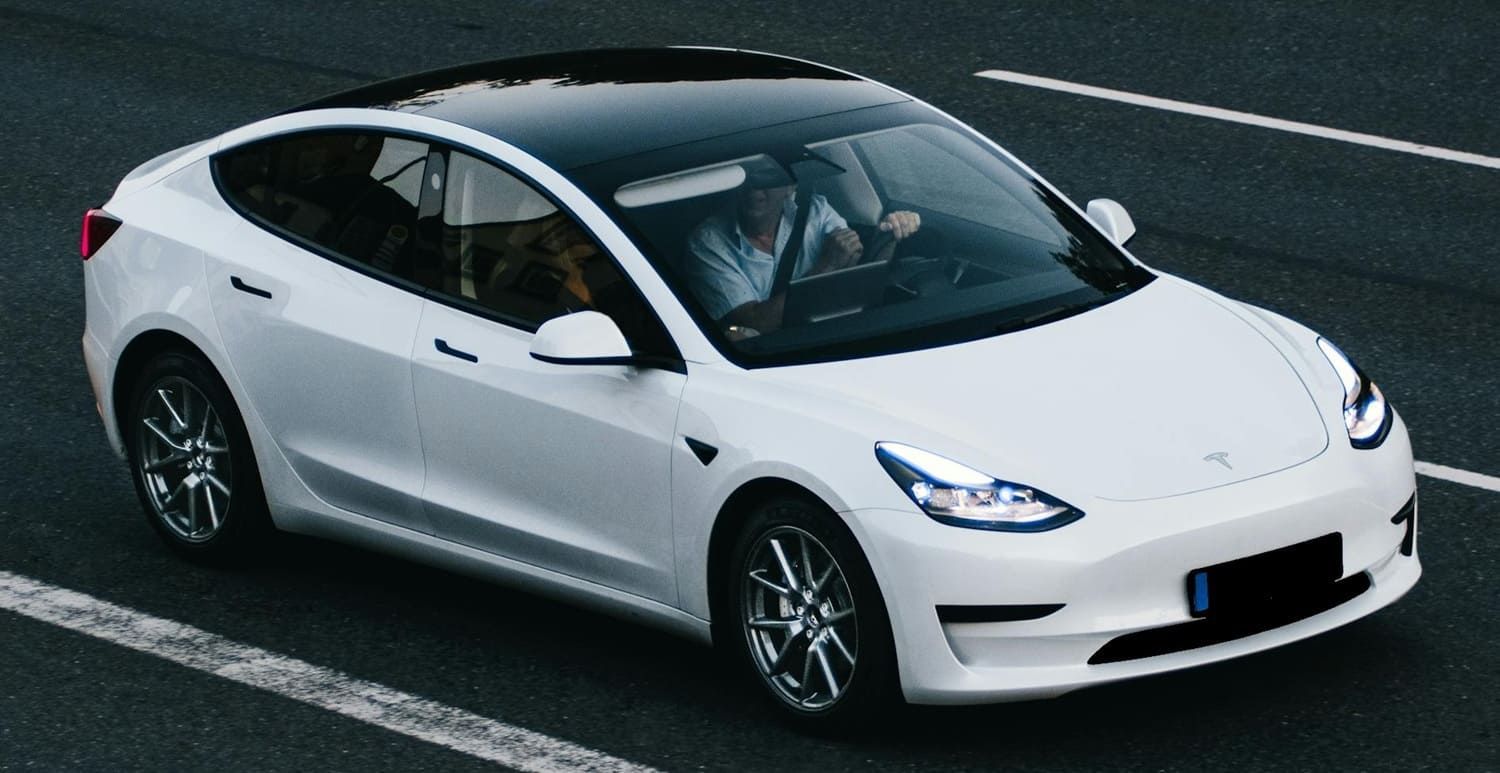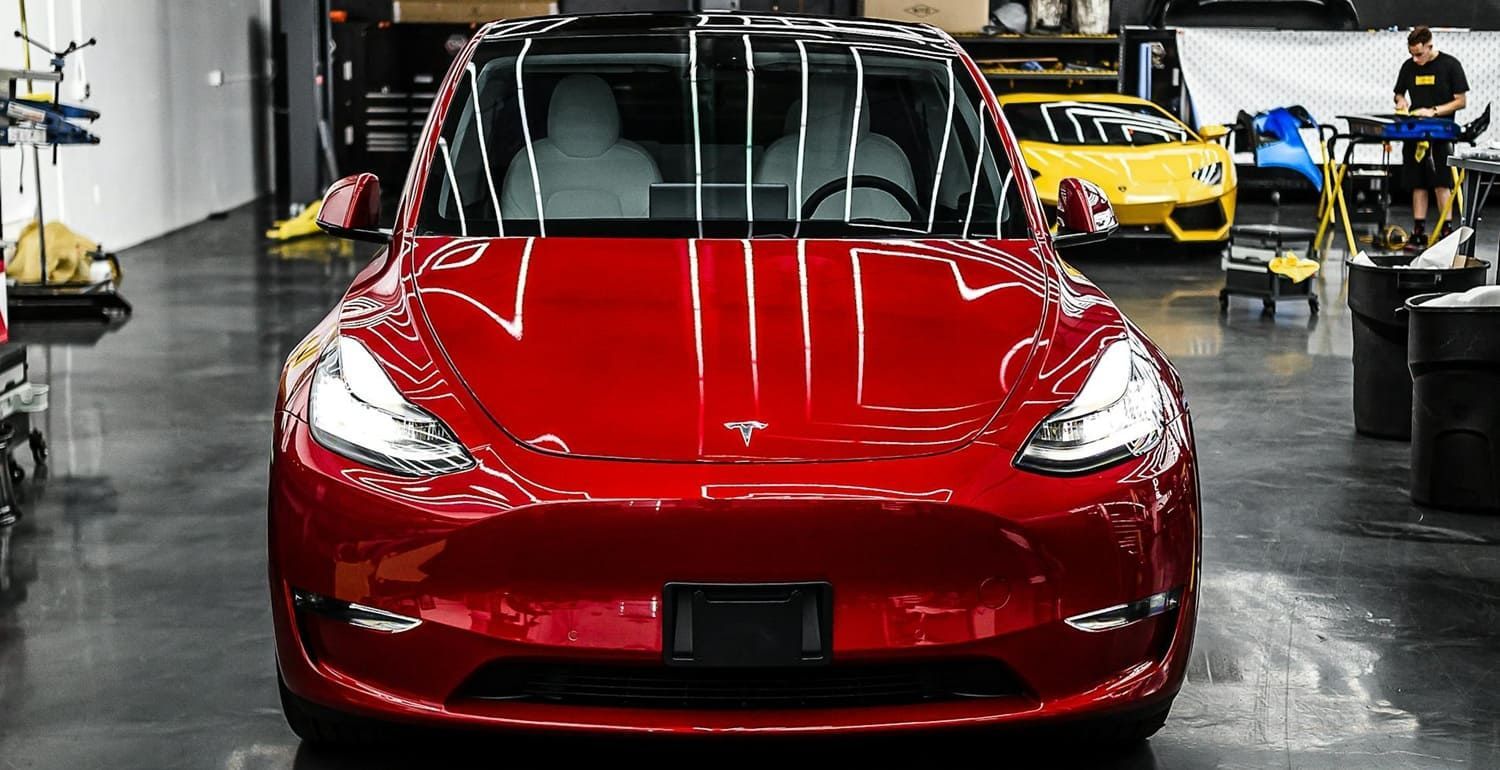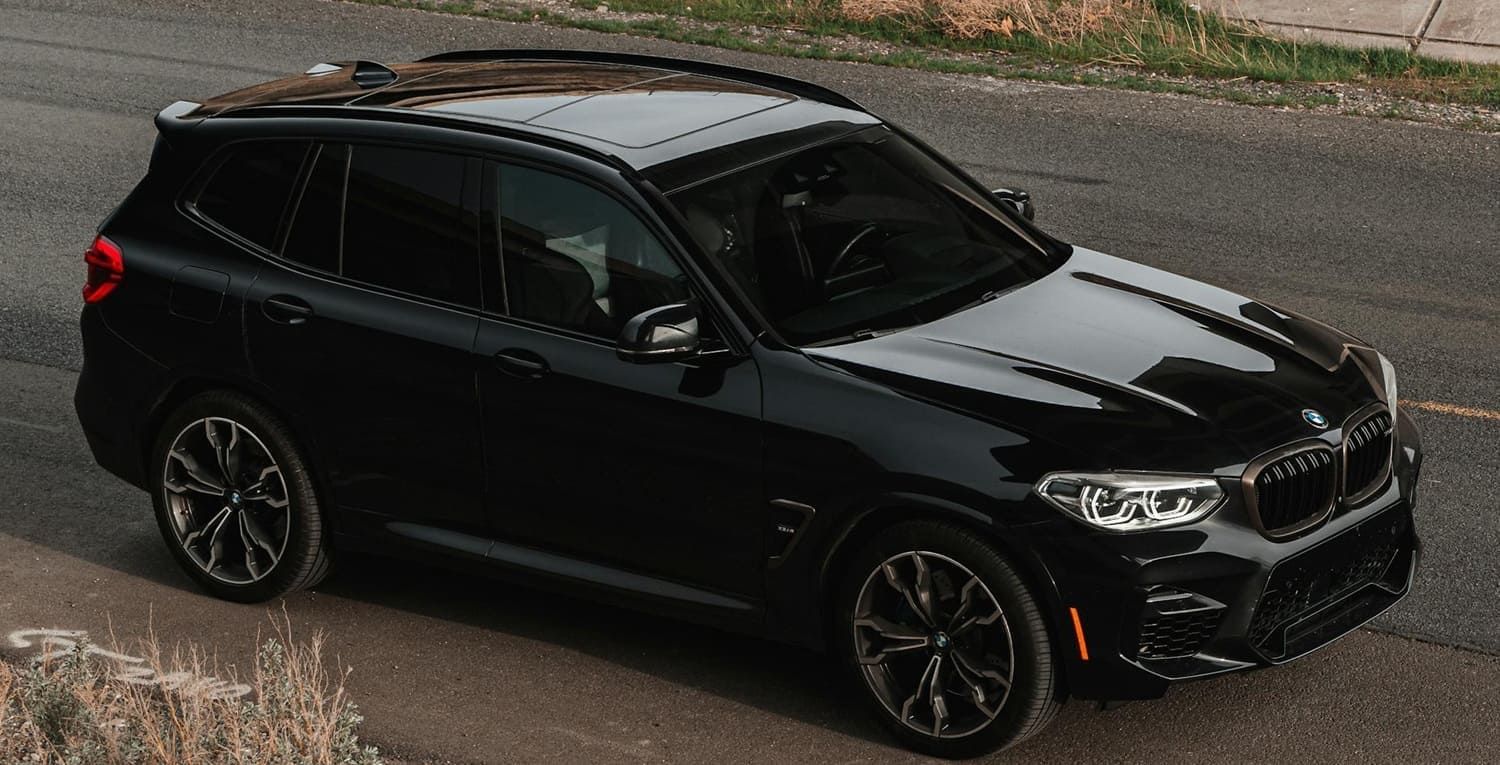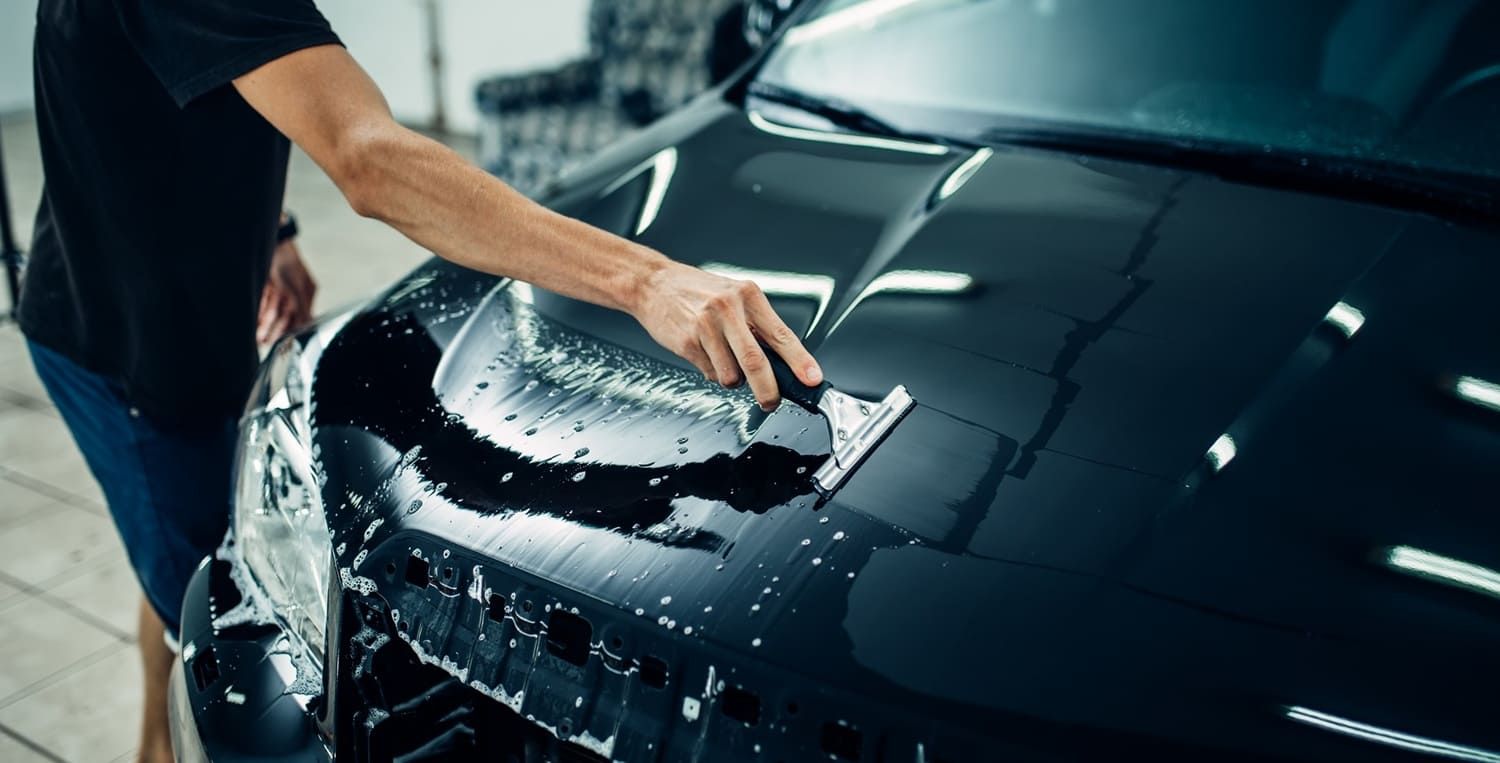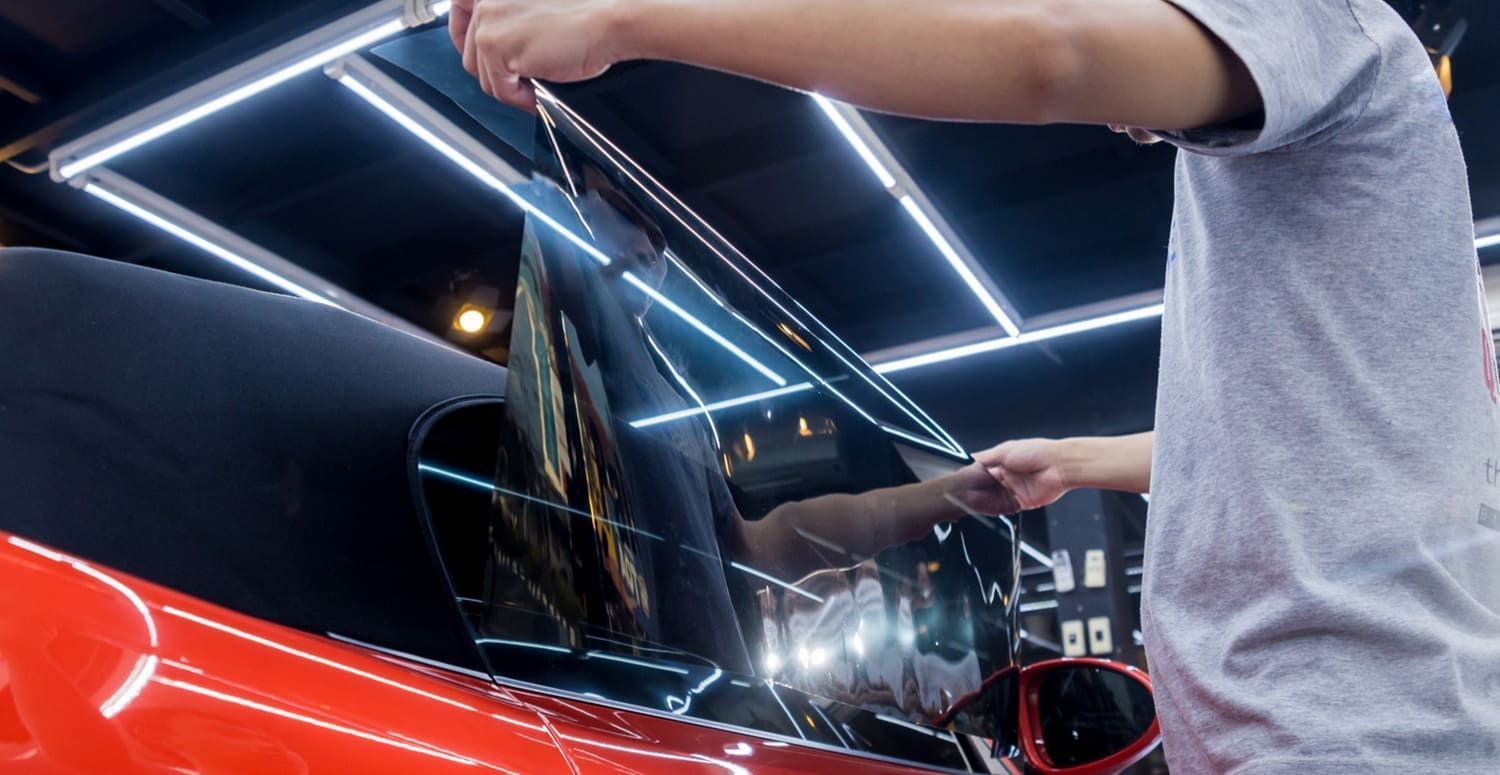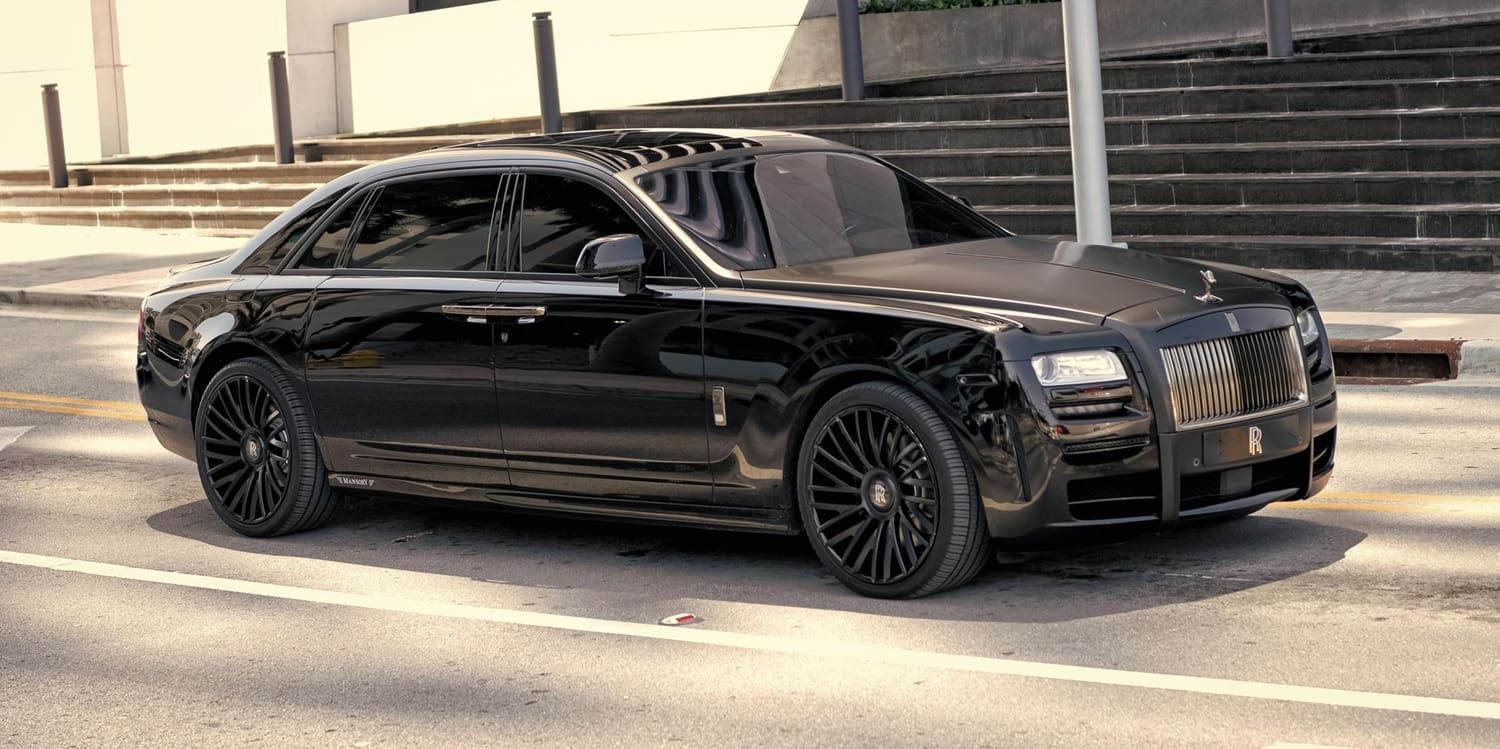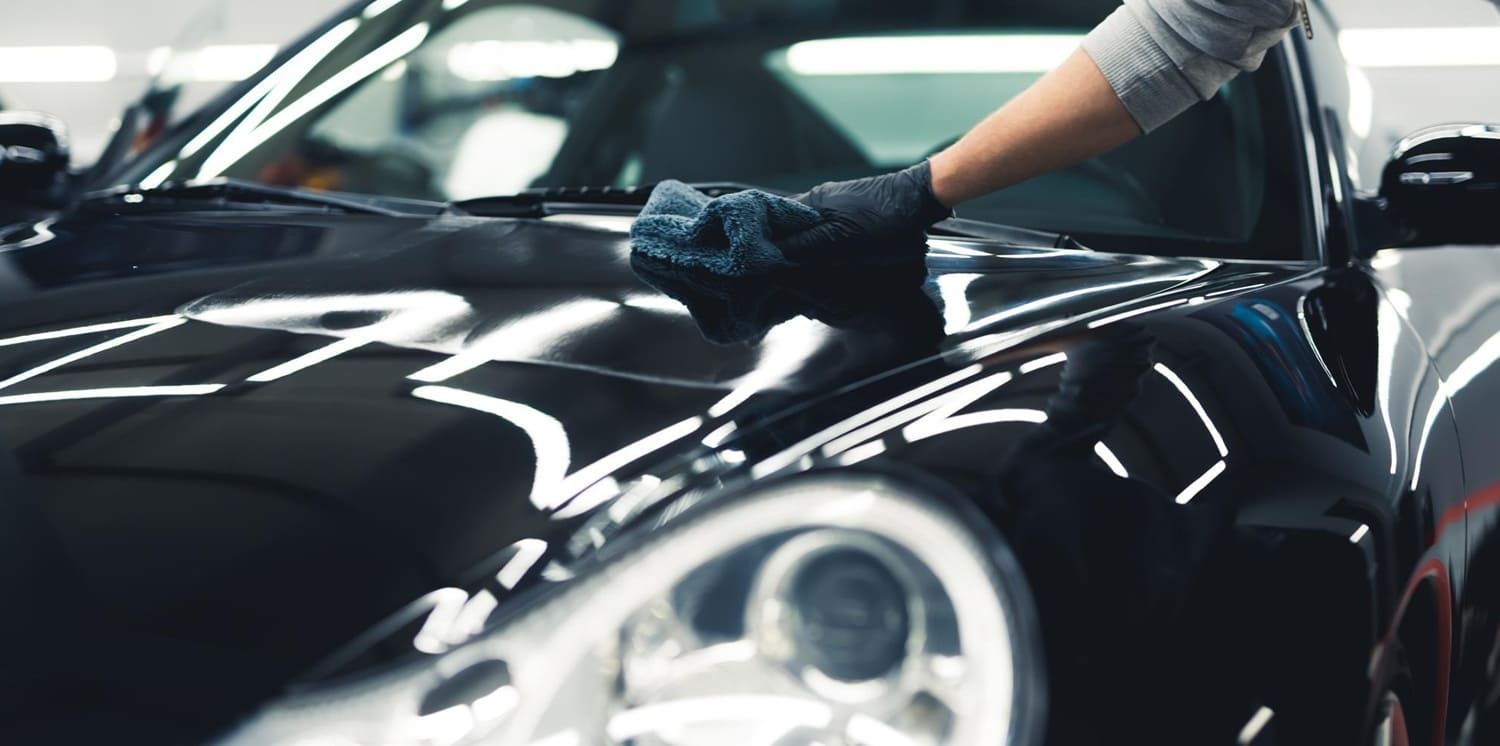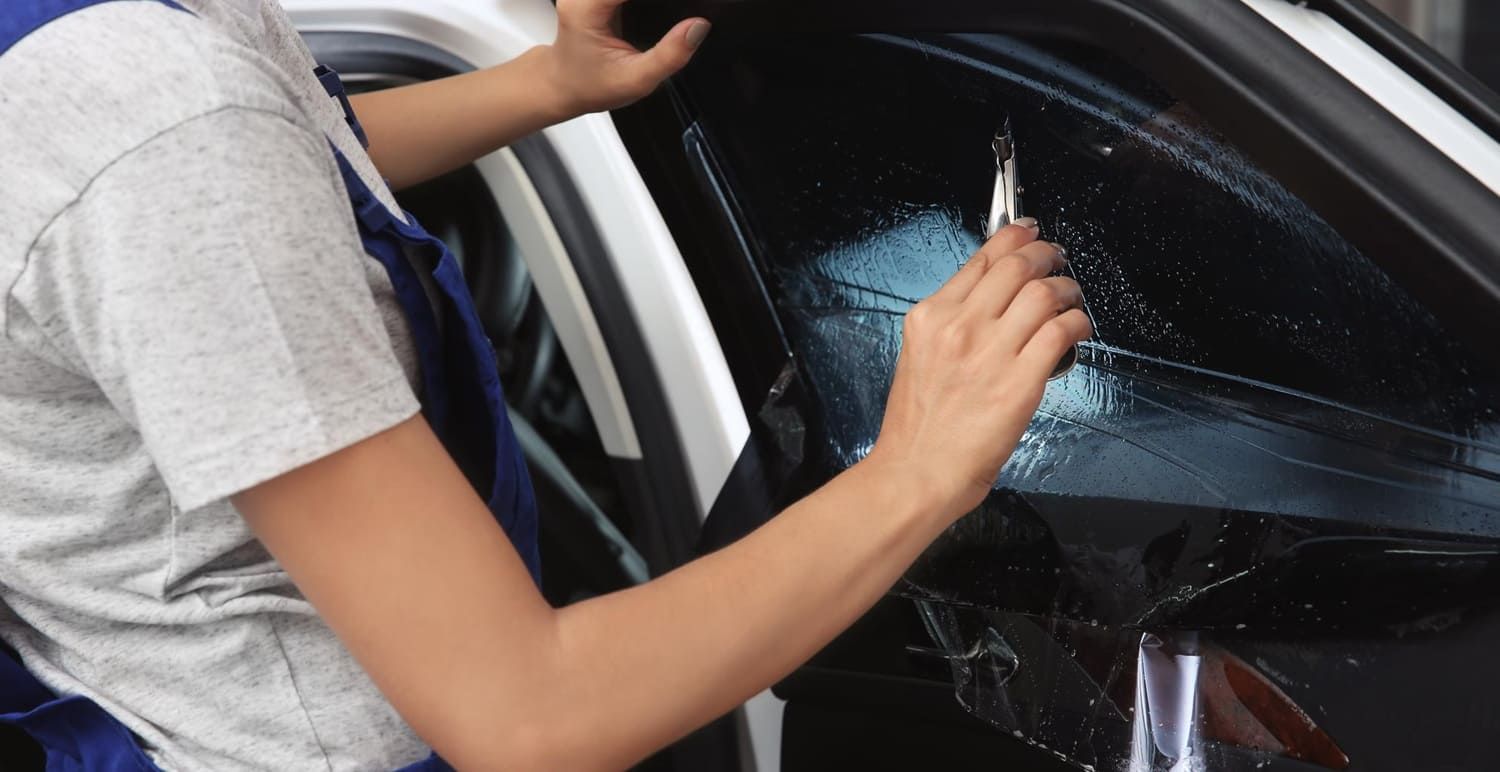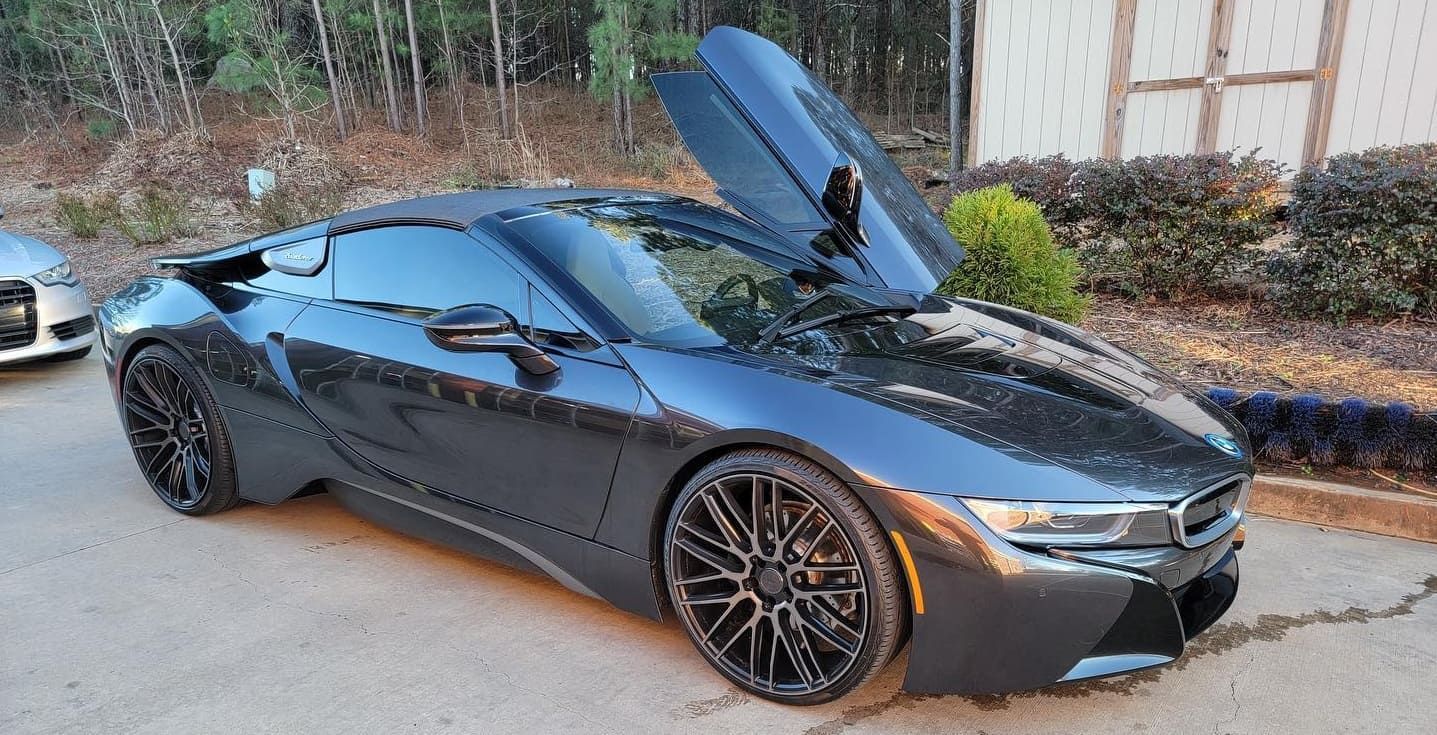How to Test Window Tint Quality
Window tinting is a popular way to enhance the look of your car, improve privacy, and protect the interior from harmful UV rays. But not all window tints are created equal. Knowing how to test window tint quality can save you time and money while ensuring you get the best performance and longevity from your investment.
In this article, we will guide you through various methods to test the quality of window tint, so you can make an informed decision.

Importance of High-Quality Window Tint
High-quality window tint offers several benefits, including:
- UV Protection: Blocks up to 99% of harmful UV rays.
- Heat Reduction: Keeps your car cooler by reducing heat buildup.
- Enhanced Privacy: Makes it harder for outsiders to see inside your vehicle.
- Aesthetic Appeal: Adds a sleek, stylish look to your car.
Poor quality window tint, on the other hand, can peel, bubble, or discolor over time, leaving you with an unsightly appearance and reduced performance.
Visual Inspection
One of the easiest ways to test window tint quality is through a visual inspection. Here’s what you should look for:
Color Consistency
High-quality tints have uniform color throughout the film. Examine the tint closely to ensure there are no variations in color or shading.
Clarity
Good window tint should be clear and not distort your view. Look through the tinted window from different angles to check for any blurriness or distortion.
Bubbles and Peeling
Inspect the edges and surface of the tint for bubbles, peeling, or scratches. High-quality tints should adhere smoothly to the window without any imperfections.
UV Protection Test
UV protection is one of the primary reasons for installing window tint. Here’s how you can test it:
UV Flashlight Test
You can use a UV flashlight to check the tint’s UV protection. Shine the UV light through the tinted window and use a UV-sensitive card on the other side to see how much UV light passes through. The less UV light that passes through, the better the protection.
UV Index Meter
A more accurate way is to use a UV index meter. Measure the UV index outside the car and then measure it again inside the car with the windows rolled up. A significant drop in the UV index indicates effective UV protection.
Heat Rejection Test
Heat rejection is another critical factor in determining tint quality. Here’s how you can test it:
Infrared Thermometer
Use an infrared thermometer to measure the temperature inside your car with the windows up. Then, measure the temperature outside. A high-quality tint should show a noticeable difference, with the interior being cooler.
Feel Test
While not the most scientific method, you can also use the feel test. Park your car in direct sunlight for a few hours and then place your hand near the window. A high-quality tint will feel cooler compared to a lower-quality tint.
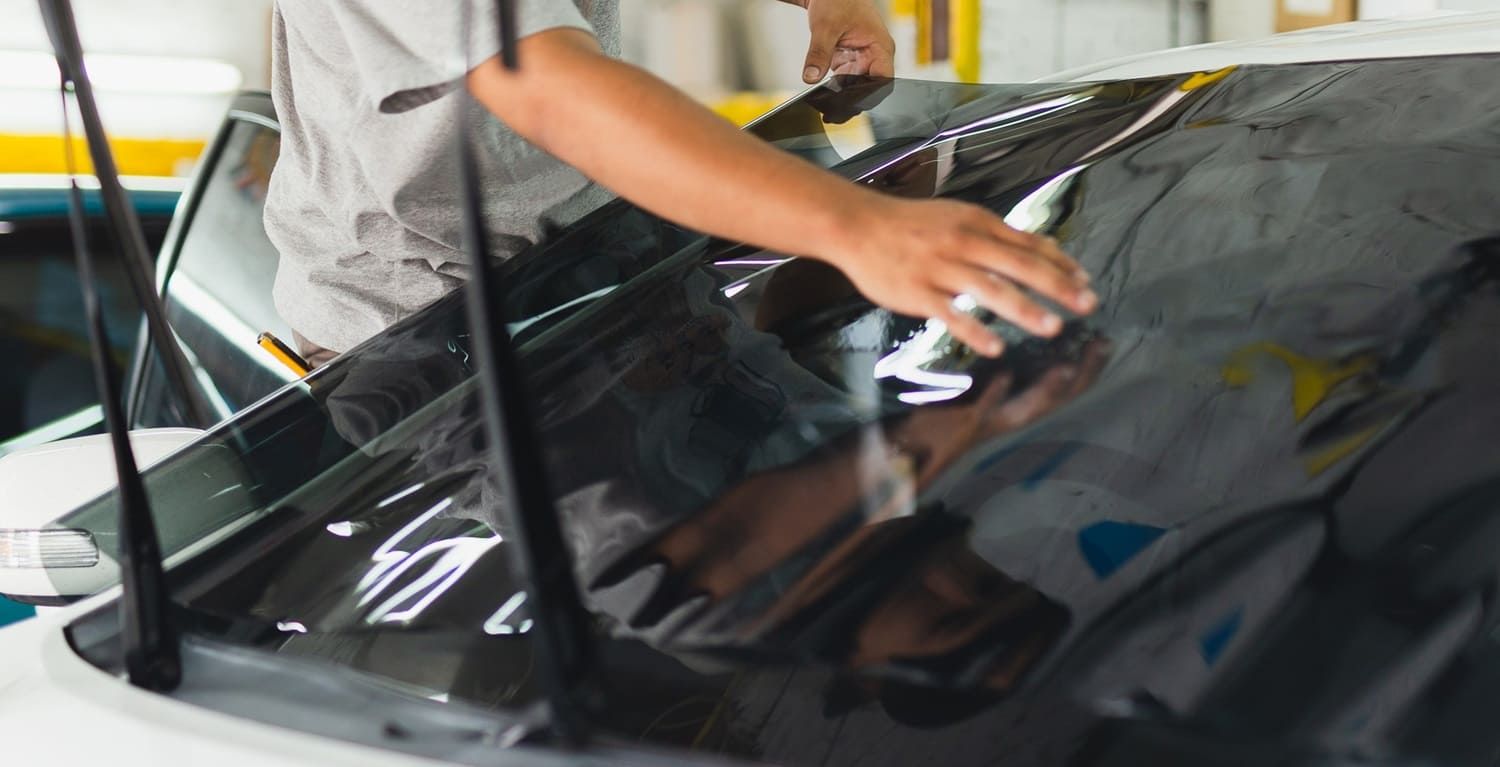
Durability Test
Durability is essential for long-term performance. Here are some ways to test it:
Scratch Test
Lightly scratch a small, inconspicuous area of the tint with a key or coin. High-quality tints are more resistant to scratches compared to lower-quality ones.
Peel Test
Attempt to peel a small corner of the tint. High-quality tints should adhere firmly to the window and not peel easily.
Warranty and Certification
Always check for a warranty and certification when purchasing window tint. High-quality tints usually come with a manufacturer’s warranty covering defects and performance issues.
Warranty Details
Review the warranty to understand what is covered and for how long. A longer warranty period is often an indicator of higher quality.
Certification
Check if the tint is certified by reputable organizations like the International Window Film Association (IWFA). Certification ensures that the tint meets industry standards for performance and quality.
Professional Installation
Even the best quality tint can underperform if not installed correctly. Here’s why professional installation matters:
Expertise
Professional installers have the experience and skills to apply the tint flawlessly. They know how to handle different types of windows and tints to ensure a perfect fit.
Tools and Equipment
Professionals use specialized tools and equipment that ensure a clean and precise installation. This minimizes the risk of bubbles, peeling, or misalignment.
Warranty Compliance
Most warranties require professional installation to be valid. DIY installations often void the warranty, leaving you unprotected if something goes wrong.
Conclusion
Testing window tint quality is crucial for ensuring you get the best performance, protection, and longevity from your investment. By conducting visual inspections, UV protection tests, heat rejection tests, and durability tests, you can make an informed decision. Additionally, always opt for professional installation and check for warranties and certifications to guarantee quality.
By following these guidelines, you’ll be able to enjoy the many benefits of high-quality window tinting, from improved aesthetics to enhanced protection and comfort.
If you are looking for experts to install your window tint, you may contact Maximum Shade Tinting and get a free estimate or visit us at our location in Buford, GA.
